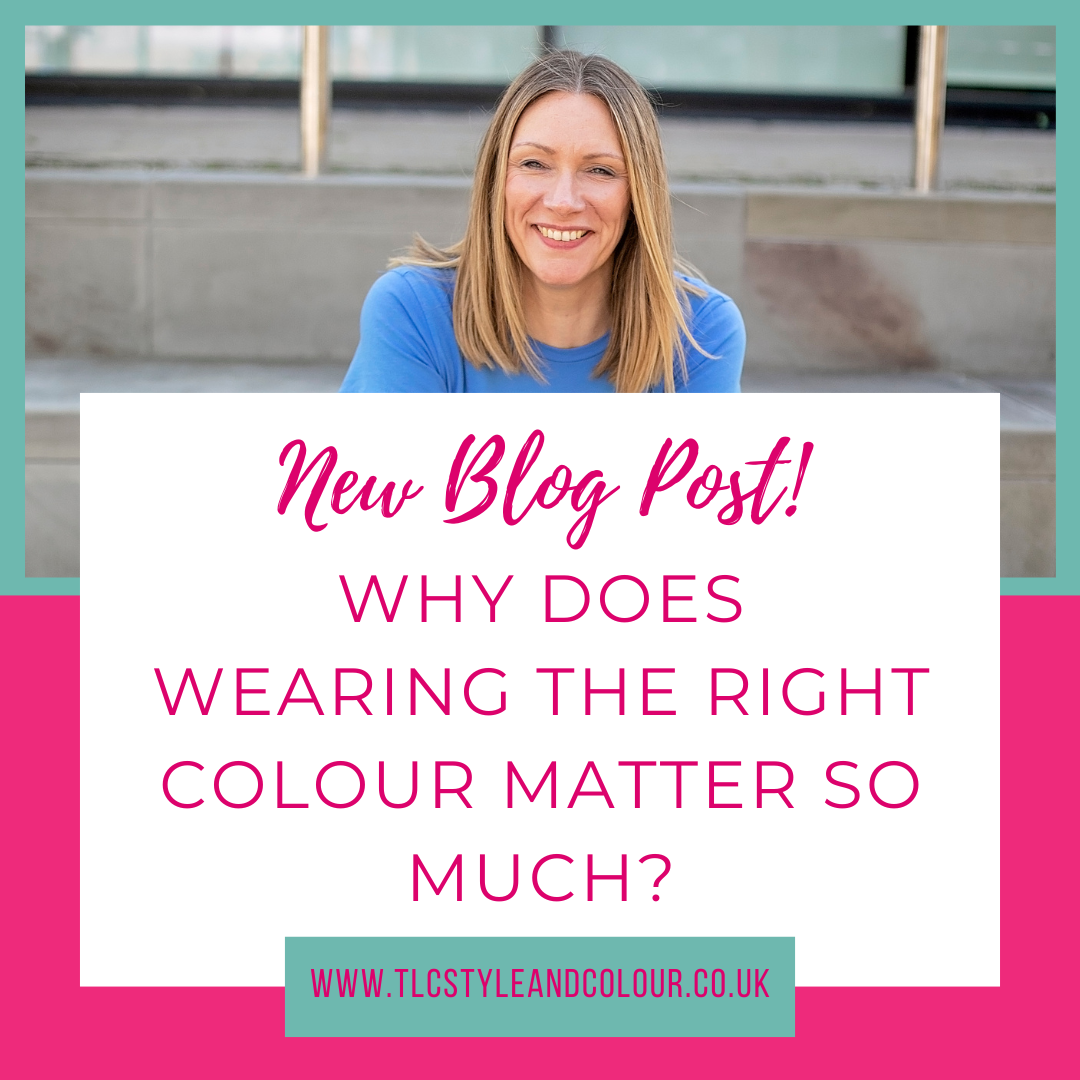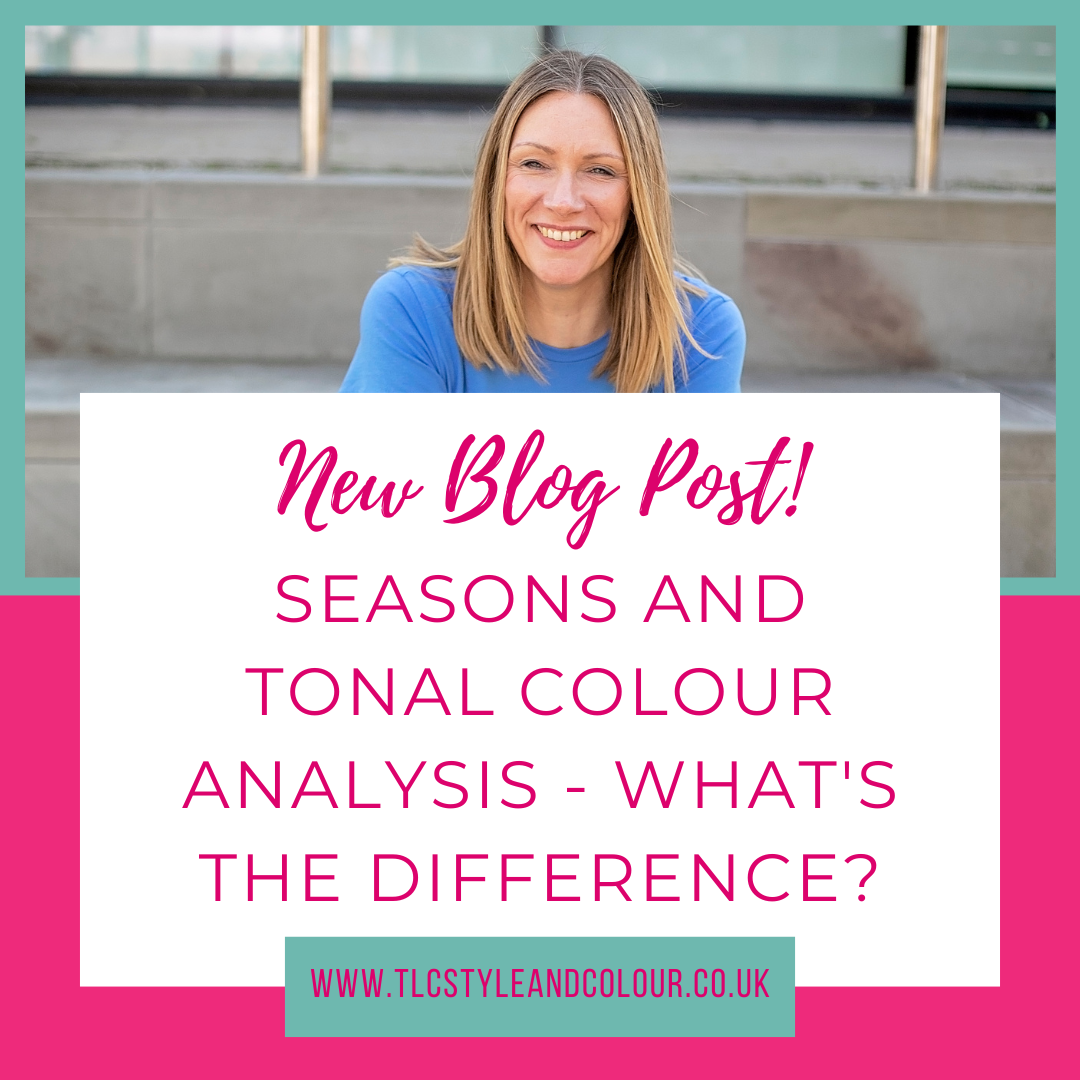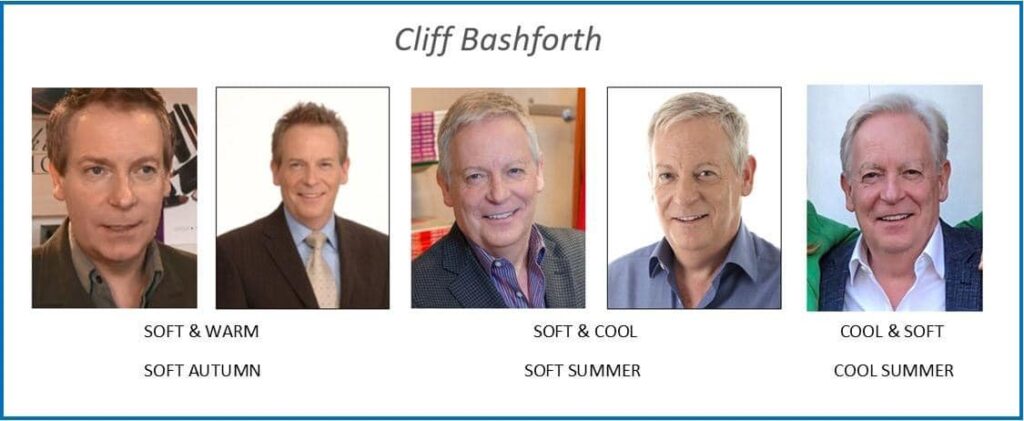I never get bored of talking about colour!
The energy that colour brings into our lives plus the endless ways of wearing colour is the reason that my colour analysis consultations are so popular.
Why does colour matter?
When you wear colour near your face, the light reflects it upwards. This can either cast a flattering tone, or dark shadows, depending on the mix of the colour and your features (ie. your skin, eye and hair colour).
Wearing colours which are right for you, your skin will look radiant and your eyes will appear brighter. But, when you wear colours that aren’t as flattering, they’ll cast shadows across your face, making you look tired and unwell.
I’ll show you the colours that look amazing on you so that you can look and feel good every day, with my colour analysis consultations.
It’s been well over 10 years since I trained with Colour Me Beautiful. Using a more modern system based on Albert Munsell’s findings; the tonal system offers a more flexible way of analysing colour, compared to the traditional seasonal approach which first entered the UK in the 80s. (I’ve talked about the differences previously here)
The beauty of the Munsell system is that it can be used to describe a person’s physical features as well as colours generally. Under the tonal system and during a colour analysis consultation, I’ll assess the three properties of colours – undertone, depth and clarity of your features.
Making confident choices
You’ll learn ‘how to wear’ colour, rather than being prescriptive by restricting your colours. I’ll provide you with a whole host of tips and tricks during and after your appointment to ensure that you feel confident to pull it all together.
Wearing colour influences those around us, because different colours can affect people’s moods, perceptions, and reactions. Bright, vibrant colours might make you seem more approachable and energetic, whilst deeper colours can give off a more serious or professional vibe. Colours can also evoke certain emotions or associations, eg. red for passion and blue for calmness. So, the colours you wear can change how others see and respond to you.
When you understand how colour works, it will bring you immense joy! You’ll feel much more confident dressing and shopping for new (or pre-loved) clothes, as well as fabric, if you make your own. The boost to your confidence is hard to ignore. And, I never tire of hearing it from my clients!!
There are guidelines to follow which I’ll explain during your consultation, but rest assured, I’ll inspire you further with combinations and tips on wearing your new colours too. Plus, you’ll take away a set of fabric swatches to guide you further too.
Neutral colours
Your swatches will contain a number of fabric squares in the colours which flatter your features. Most people are familiar with black and navy. But, alongside these there are other shades such as browns, greys, whites and even some greens. These will have a little ‘n’ marked next to the name of them to guide you further.
For some people, these will be represented by the core items in their wardrobe, like jackets, coats, knitwear and bottoms. For others, they could be accessories like shoes, boots and bags.
It is simple to put together outfits when you understand your best colours and how to wear them. There’s plenty of neutral recommendations to show you during your colour consultation. You’ll leave brimming with ideas on how to wear clothes that you already own, so that you can start to build your own versatile or capsule wardrobe.
Fashion and accent colours
Of course, life would be boring if we all wore neutral shades! During a consultation, I’ll introduce you to your best reds, greens, blues and more!
If you invest in neutrals as core items, you’re then likely to wear one of your many colours next to your face. This is where selecting your most flattering shades can really take off. Everyone can wear every colour, but not every shade of colour will flatter you the same. If you saw my blog a couple of weeks ago about wearing pink, you’ll see that it’s merely the shade of colour which differs and what you wear it with, depending upon your colouring type.
Remember, just because your friend looks great in something, doesn’t mean that you will too! So, if it’s not as good on you, it’s simply about learning how to adjust the colour to make it work better for you. Don’t worry, it’s all explained during your colour analysis consultation.
Makeup and accessories
Accessories can often be an easy way to add a pop of colour to any outfit. Opt for a simple scarf, hat or gloves! But, if you’re a jewellery lover, simply add colour this way instead (read 6 reasons why a necklace is more than just an accessory). You’ll also learn your best metallic (gold or silver) during a complete colour analysis consultation.
Moving on to makeup – what you wear on your face matters just as much as the colours you wear on your body.
For example, a rose pink blusher will look harsh on someone with a warm skin tone. During my Complete colour analysis consultation, I’ll show you your best makeup shades. There’s an opportunity to try and buy cosmetics from the Colour Me Beautiful range if you don’t have a specific shade at home. You can browse the full range, and filter by your colouring type here, and all cosmetics are available to try before you buy at the studio.




 This is Josey.
This is Josey.
